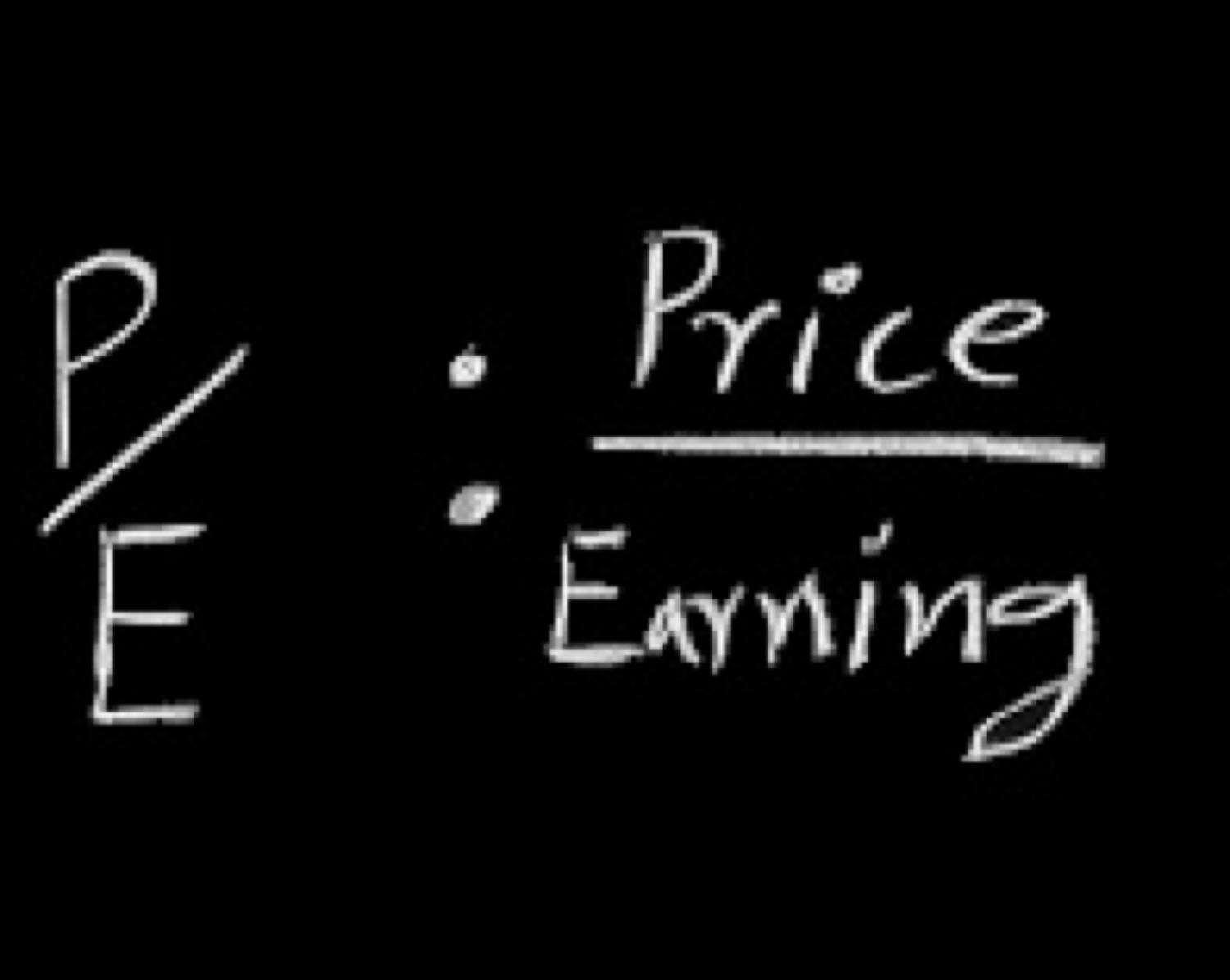Learn more about moneyandinvestments with this collection
How to manage risk
How to analyze investment opportunities
The importance of long-term planning
What is A Share?
A single share of a company represents a small, but real, ownership stake in a corporation.
One stock's percentage of ownership is determined by dividing it by the total number of shares outstanding.
Stock ownership generally entitles the owner to corporate voting rights and to any dividends paid.
108
1.52K reads
Why Should You Value Shares?
It is important to understand that the stock's intrinsic value is not necessarily directly tied to its current market price.
The efficient market hypothesis, a theory that states that all known information is currently priced into a stock. However, this is not always the case.
100
1.21K reads
The cornerstone to valuing stocks: The P/E ratio
The go-to metric for nearly all investors when it comes to valuing a stock has to be the P/E ratio. Standing for price-to-earnings, this formula is calculated by dividing the stock price by the earnings per share (EPS). The lower the P/E ratio, the more earnings power investors are buying with each share.
160
1.23K reads
What's a good P/E ratio to buy a stock at?
Unfortunately, there's no P/E ratio set in stone that makes a stock a buy if it's below, or a sell if it's above.
Often value investors and growth investors will look for different things in a P/E ratio.
- Value Investors - the lower the P/E ratio the better.
- Growth Investors - are much more likely to buy stocks with higher P/E ratios, believing the superior earnings growth more than justifies the higher cost.
134
1.07K reads
How growth investors can use variations of the P/E ratio
Growth investors often use the P/E ratio as a building block for finding two other metrics: the forward P/E and the PEG ratios.
- The forward P/E is calculated by dividing the stock price by the company's expected future earnings.
- The PEG ratio is calculated by dividing the company's P/E ratio by its expected earnings growth.
128
1.02K reads
The Price Sales Ratio
While using the P/E ratio as a building block is probably the most popular method to value stocks it is far from the only way. Another common technique to valuing stocks is the price/sales ratio. The P/S ratio is determined by dividing a company's market cap -- the total value of all the companies outstanding shares -- by its annual revenue. Because this ratio is based on revenue, not earnings, it is widely used to evaluate public companies that are not yet profitable and rarely used on stalwarts with consistent earnings such as Walmart
129
843 reads
Price-to-book Ratio
Another metric useful for evaluating some types of stocks is the price-to-book ratio.
How to calculate?
- Assets-Liabilities = Book value
- Book value/Outstanding shares = Book value per share
- Share price/book value per share = Price-to-book ratio
It is useful when evaluating banks and other financial institutions that carry a number of assets on their balance sheets.
142
801 reads
Final thoughts on valuing a stock
There's more to valuing a stock than just crunching numbers. Investors have to take into careful consideration qualitative factors also, such as a company's economic moat. Moats encompass companies' competitive advantages, such as a network effect, cost advantages, high switching costs, or intangible assets (e.g. patent, regulations, or brand recognition).
107
871 reads
IDEAS CURATED BY
Other curated ideas on this topic:
Read & Learn
20x Faster
without
deepstash
with
deepstash
with
deepstash
Personalized microlearning
—
100+ Learning Journeys
—
Access to 200,000+ ideas
—
Access to the mobile app
—
Unlimited idea saving
—
—
Unlimited history
—
—
Unlimited listening to ideas
—
—
Downloading & offline access
—
—
Supercharge your mind with one idea per day
Enter your email and spend 1 minute every day to learn something new.
I agree to receive email updates








